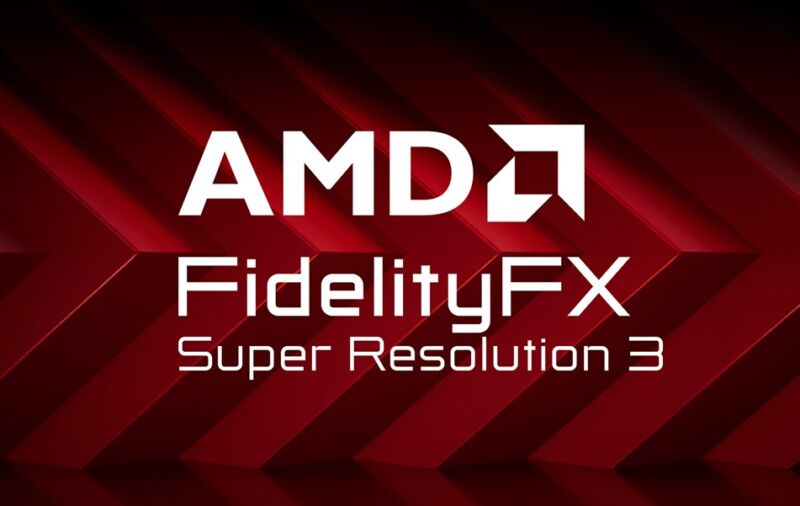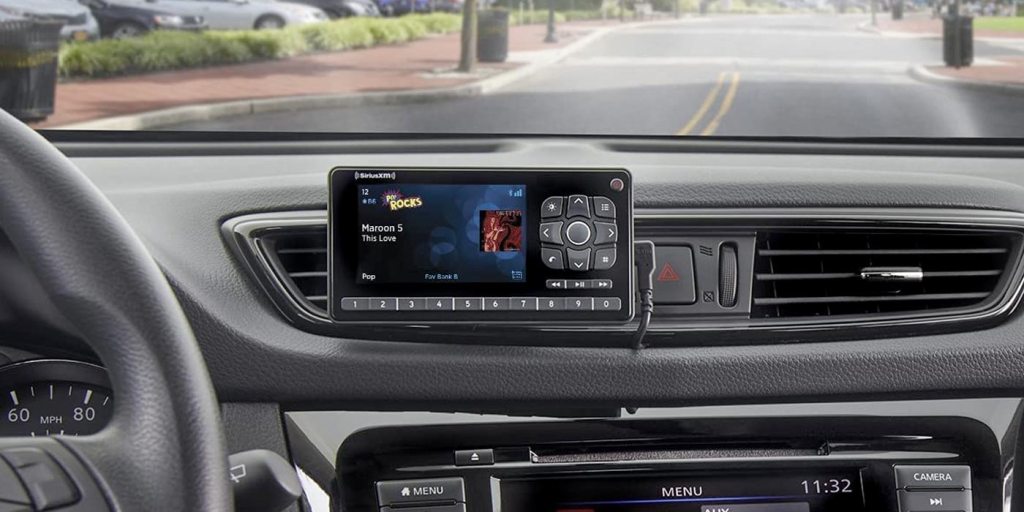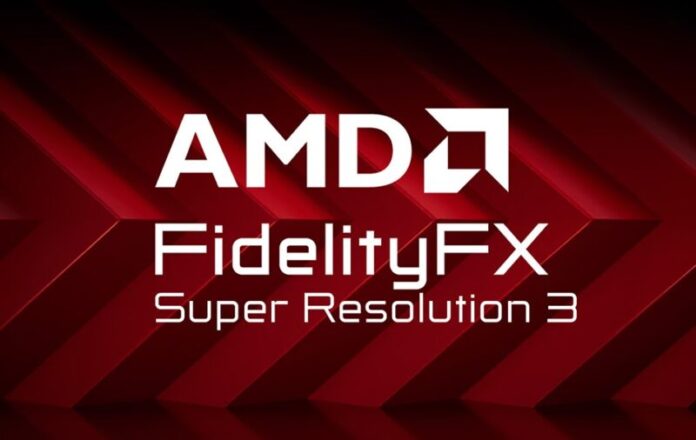
Enlarge (credit: AMD)
Last summer, AMD debuted the latest version of its FidelityFX Super Resolution (FSR) upscaling technology. While version 2.x focused mostly on making lower-resolution images look better at higher resolutions, version 3.0 focused on AMD's "Fluid Motion Frames," which attempt to boost FPS by generating interpolated frames to insert between the ones that your GPU is actually rendering.
Today, the company is announcing FSR 3.1, which among other improvements decouples the upscaling improvements in FSR 3.x from the Fluid Motion Frames feature. FSR 3.1 will be available "later this year" in games whose developers choose to implement it.
Fluid Motion Frames and Nvidia's equivalent DLSS Frame Generation usually work best when a game is already running at a high frame rate, and even then can be more prone to mistakes and odd visual artifacts than regular FSR or DLSS upscaling. FSR 3.0 was an all-or-nothing proposition, but version 3.1 should let you pick and choose what features you want to enable.
Read 6 remaining paragraphs | Comments
Ars Technica - All contentContinue reading/original-link]




